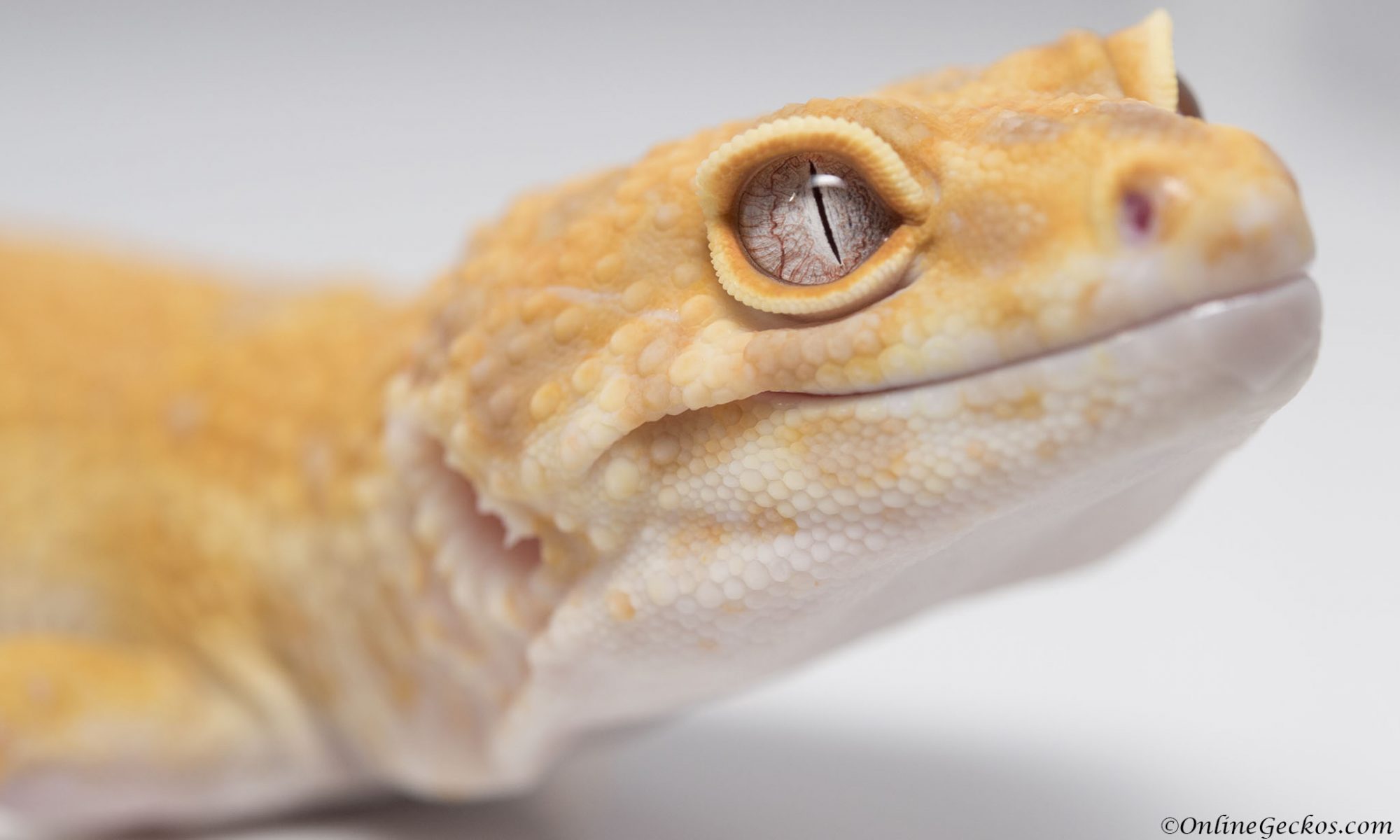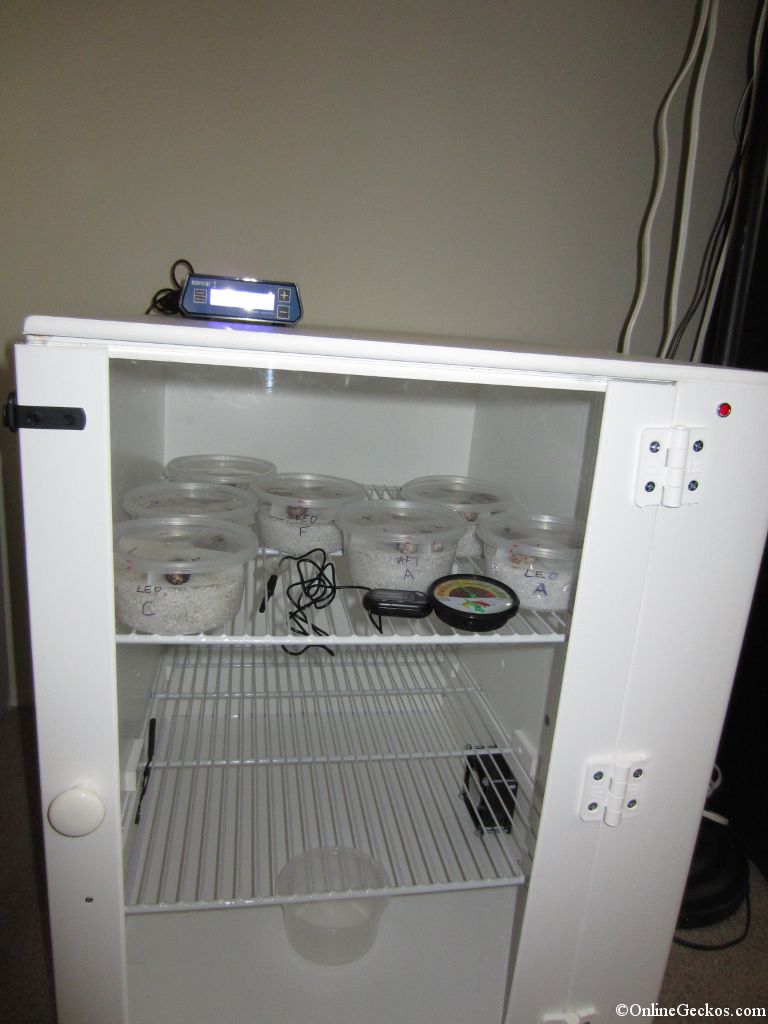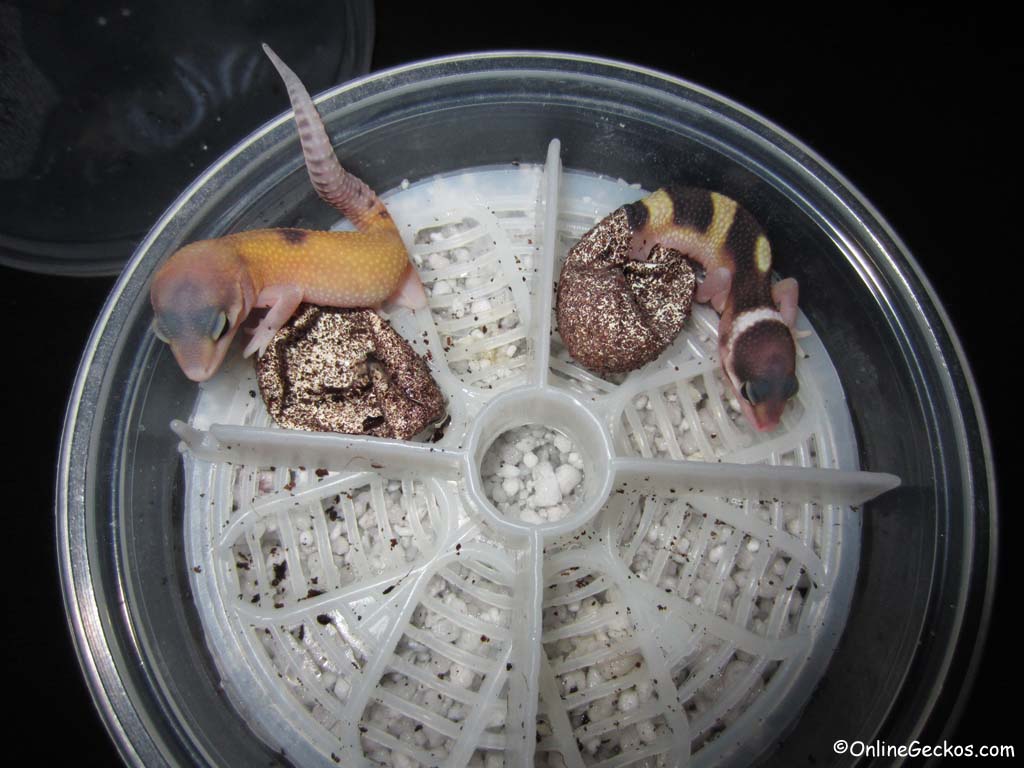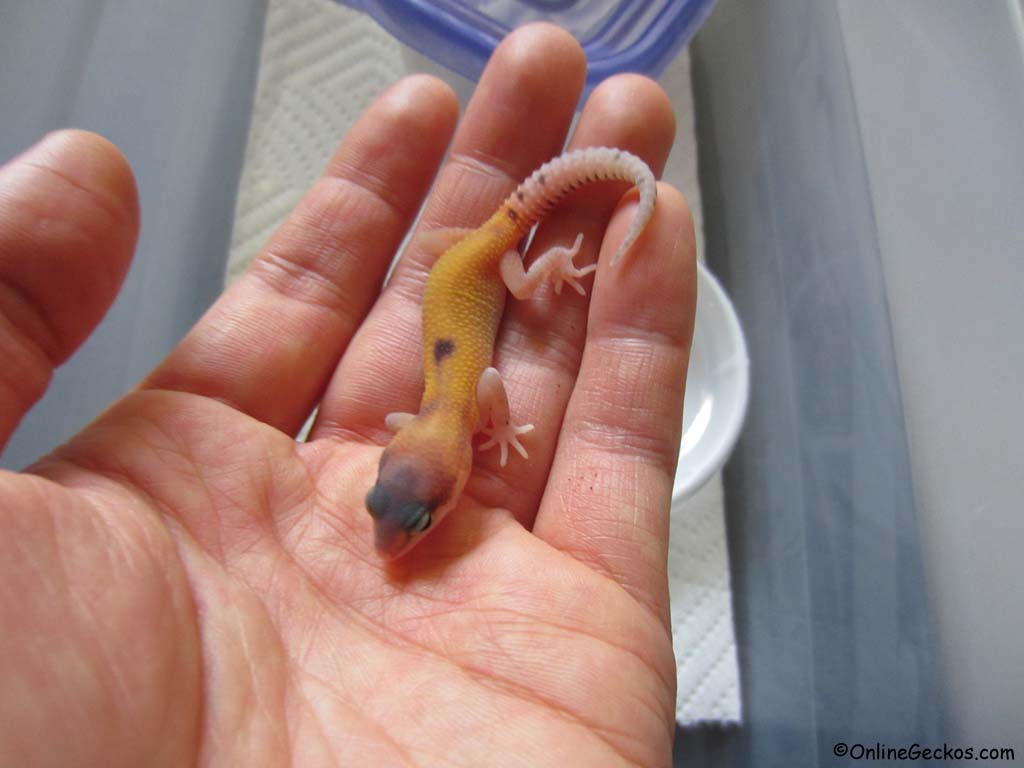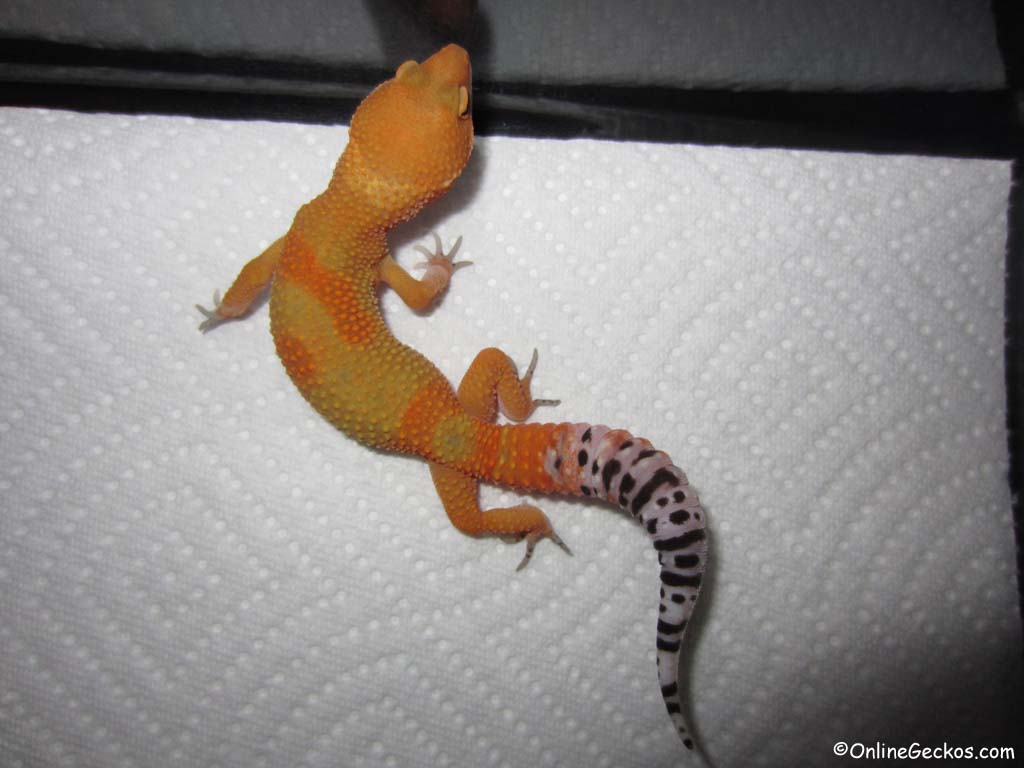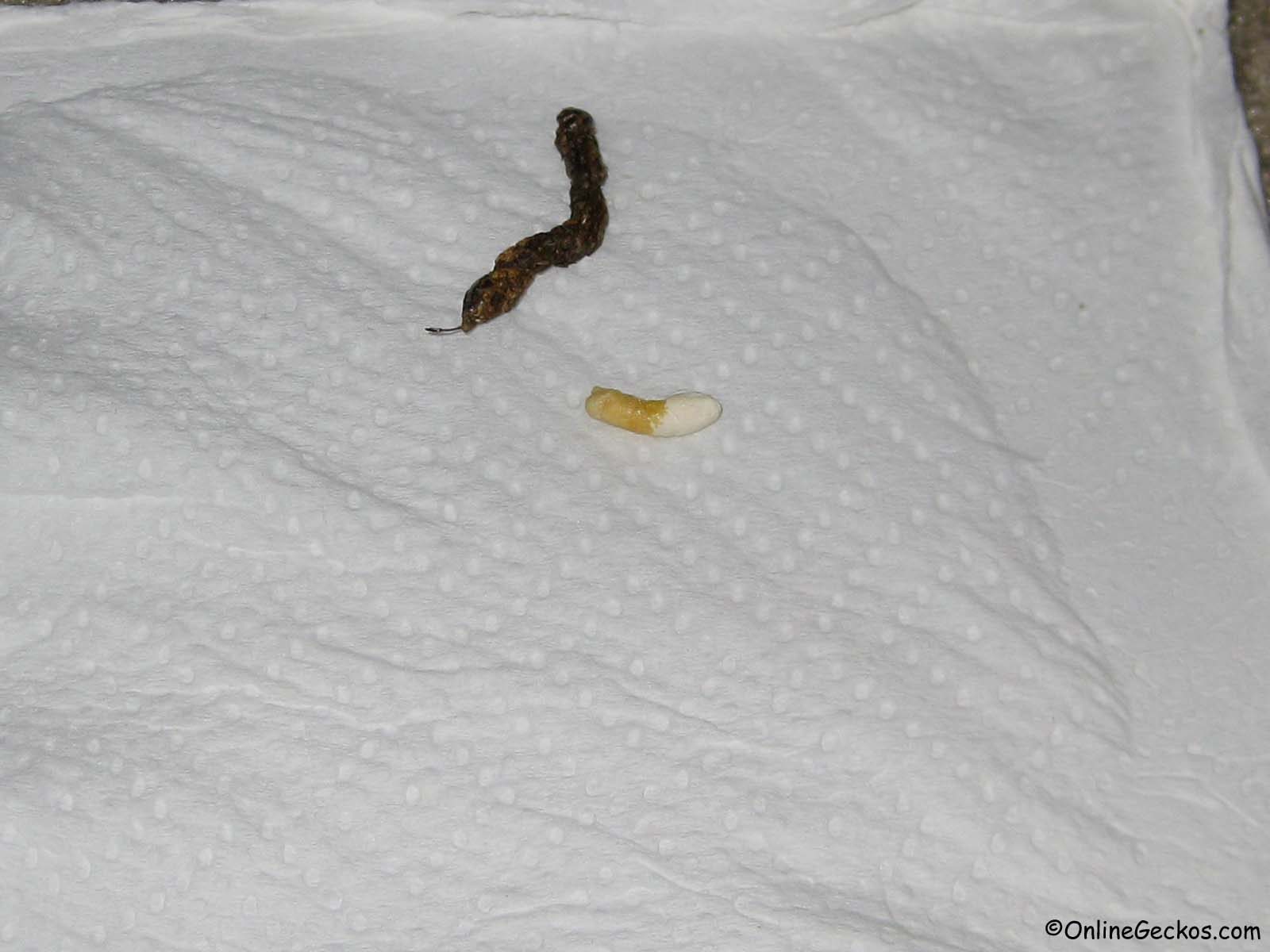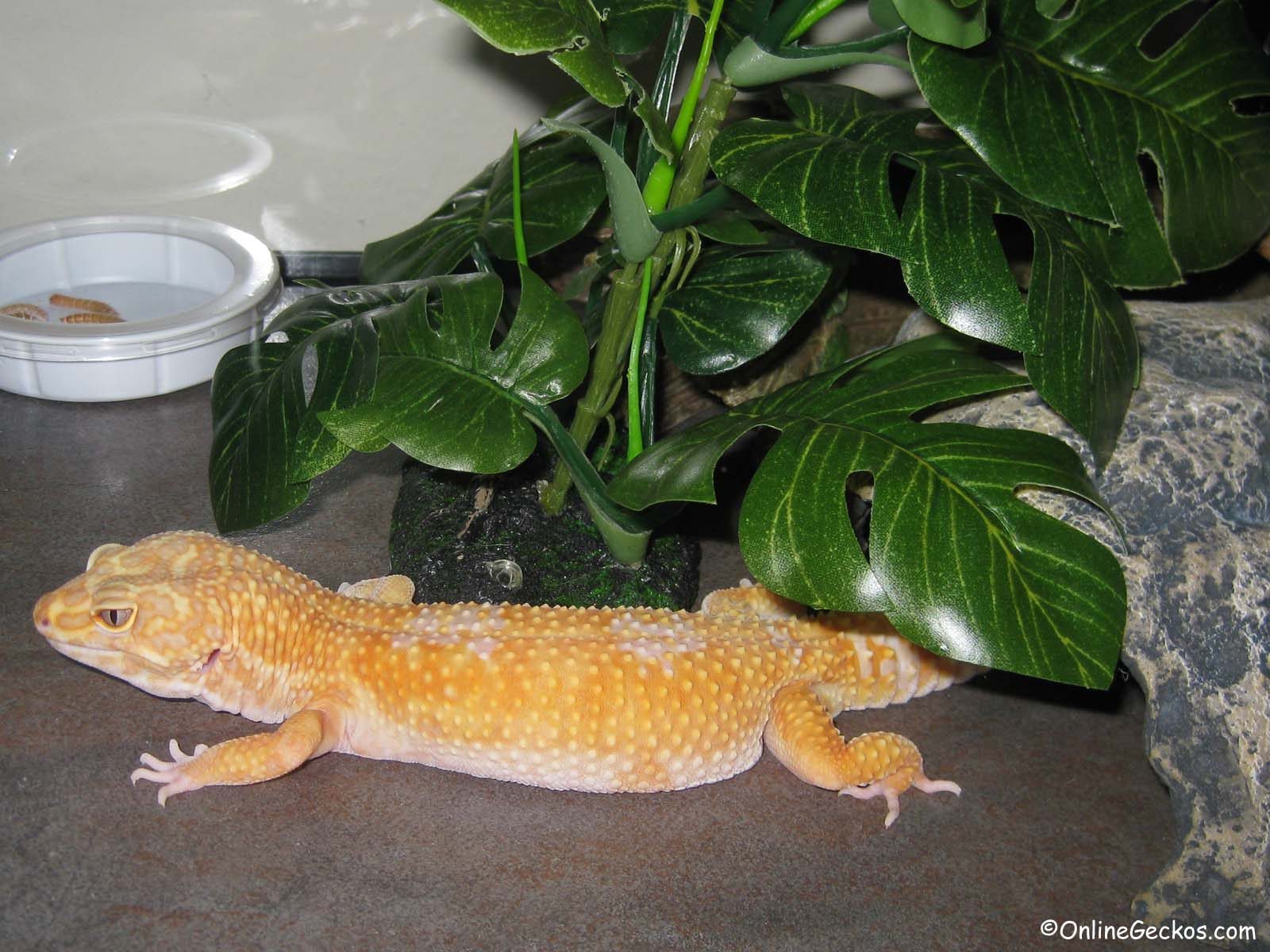Leopard Gecko Sex and Incubation Temperature
Did you know that leopard gecko’s sex is determined by incubation temperature? When the eggs are incubated at higher temperatures around 88-90 degrees, you will hatch out mostly males. When the eggs are incubated at lower temperatures around 80-82 degrees, you will get mostly females. And lastly if the eggs are incubated at around 84-86 degrees, you will get a mix of both sexes. While temperature sexing is mostly accurate, Mother Nature likes to play tricks against the odds sometimes. You could hatch out a female at high temperature, just as you could hatch out a male at lower temperature. They are rare, but it happens from time to time.
How soon can you tell a leopard gecko’s sex?
It’s rather hard to tell for sure what a leopard gecko’s sex is until they reach adulthood (1 year old). But there are signs you can look for. Males develop two distinct bulges early on. Although females do develop bulges as well, sometimes they are not as distinct.
The for sure way to tell a leopard gecko’s sex is either 1) when the female starts to ovulate for the first time, which is usually during 8-12 months old, or 2) the male has matured enough to develop darkened “V” pores. The first is obvious, males don’t go through ovulation, so they won’t have these pink circle dots on their belly. If you see pink dots on a gecko’s belly, then that’s a female. The darkened preanal pores is the best for sure way to tell if a leopard gecko is a male. While females will have a V in the same area, only males will have darkened (chocolate brown/black) spots there.
How do you sell temperature sexed geckos using incubation temperature?
When a gecko is labeled to be temperature sexed, it usually means the gecko is too young to determine the sex just yet. So the breeder has labeled a gecko as temperature sexed female or male based on their incubation temperature. Continue reading “Did You Know? Leopard Gecko’s Sex Is Determined By Incubation Temperature”
